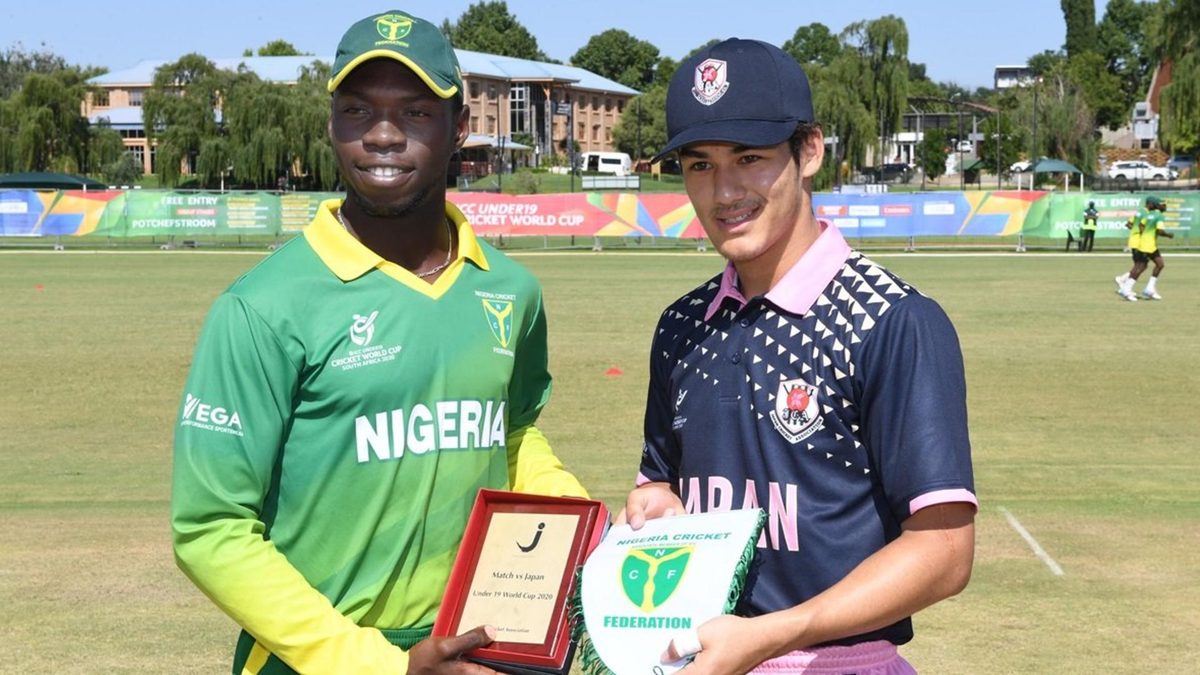
Uganda’s qualification journey was phenomenal, but they will be far from being the first unexpected side a cricket World Cup.
The many teams, 1973 Women’s World Cup
When the first ever World Cup – the 1973 Women’s edition – was announced, the organisers sent out invitations to every team. Apart from hosts England, however, only Australia and New Zealand could send teams. The West Indies would not have a women’s cricket body until 1976, so Jamaica and Trinidad & Tobago participated as separate teams.
What to do? The Women’s Cricket Association then picked a Young England team and sent another set of invitations around, inviting more cricketers to form an International XI. As part of the process, they had invited the South Africans as well, which led to the Jamaicans and Trinidadians threatening to withdraw. Thankfully, they decided against it, and a five-nation team was formed. Of the seven teams, three – England, Young England, International XI – featured cricketers from England. Different times.
International XI, 1982 Women’s World Cup
By now India and the West Indies had joined the fray, and both were expected to feature in the 1982 edition. However, New Zealand had hosted the South African rugby union team a year ago, and the West Indies withdrew. Yet again, an International XI was built. As with the 1973 edition, this posed the curious case of cricketers from the same nation playing against each other.
ICC Associates, 1988 Youth (Under-19) World Cup
The first Under-19 World Cup (and the last in a decade) was part of the Australian Bicentenary celebrations. There were seven Full Members, so they made up an eighth out of ICC Associate Members. This side was represented by Zimbabwe, Bangladesh, the Netherlands, Denmark, Canada, and Bermuda.
South Africa, 1992 Men’s World Cup
The fixtures had already been drawn with eight teams by the time it was decided that South Africa, readmitted to international cricket in late 1991, would feature in the World Cup – but only on the condition that the referendum to end apartheid would be passed. The schedule was redone, leading to eight more matches, but everyone was waiting for the referendum even after they had played their last league match. Thankfully, it was passed just in time for that 22-runs-in-1-ball semi-final.
Pakistan, 1997 Women’s World Cup
One of the great fairytale stories of this list, best documented by Aayush Puthran in Unveiling Jazbaa. Shaiza Khan formed a team (and led it) despite death threats, took it outside Pakistan, found resistance from her own nation, where even a parallel team was built. She got an Australian coach (Jodie Davis) on board, who arrived two months before the World Cup with cricket kit donated by her compatriots. When they finally arrived in India – the relationship between the countries was still strained – it was in an aircraft that could hold 33 passengers.
Americas, 2000 Under-19 World Cup
By 2000, the qualifiers had been in place, but the Americas Development Region did not have one. Instead, the ICC selected a combined team, consisting of cricketers from Canada, the USA, Bermuda, and Argentina – a one-of-its kind experiment.
Nigeria, 2020 Under-19 World Cup
In the 2016 edition, Namibia had stunned South Africa to qualify for the semi-finals, and were naturally favourites when they hosted the 2020 Africa Qualifier. As things turned out, Nigeria shot them out for 77 to win the tournament opener, and won every subsequent match. Namibia could never catch up.
Japan, 2020 Under-19 World Cup
The most bizarre entry on the list. Unbeaten through the East Asia-Pacific Qualifier, Japan and Papua New Guinea were set to play a virtual final. Japan qualified – after Papua New Guinea gave them a walkover because they had to suspend eleven of their fourteen cricketers “for internal disciplinary reasons and failing to adhere to our strict codes of conduct,” They had been caught shoplifting..








